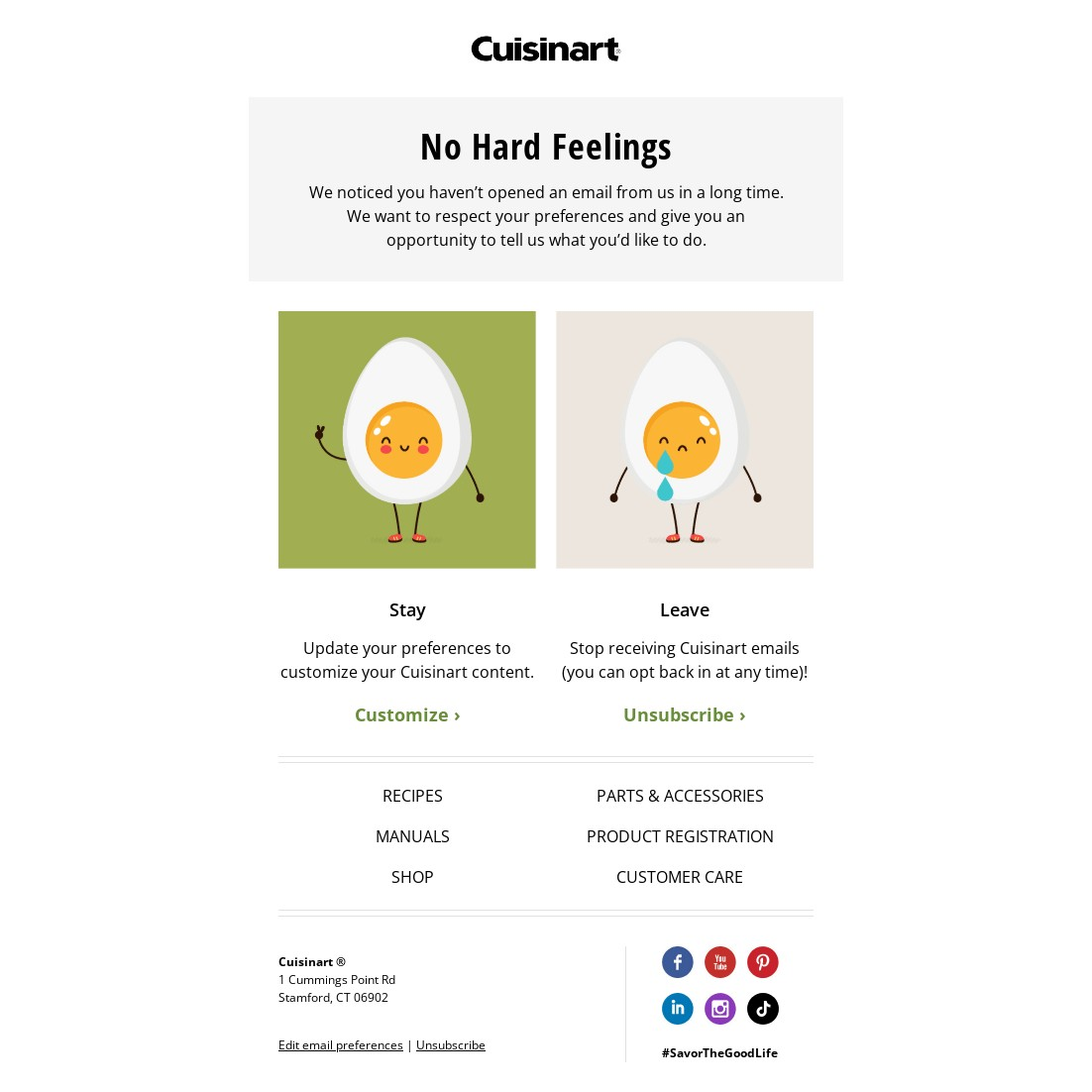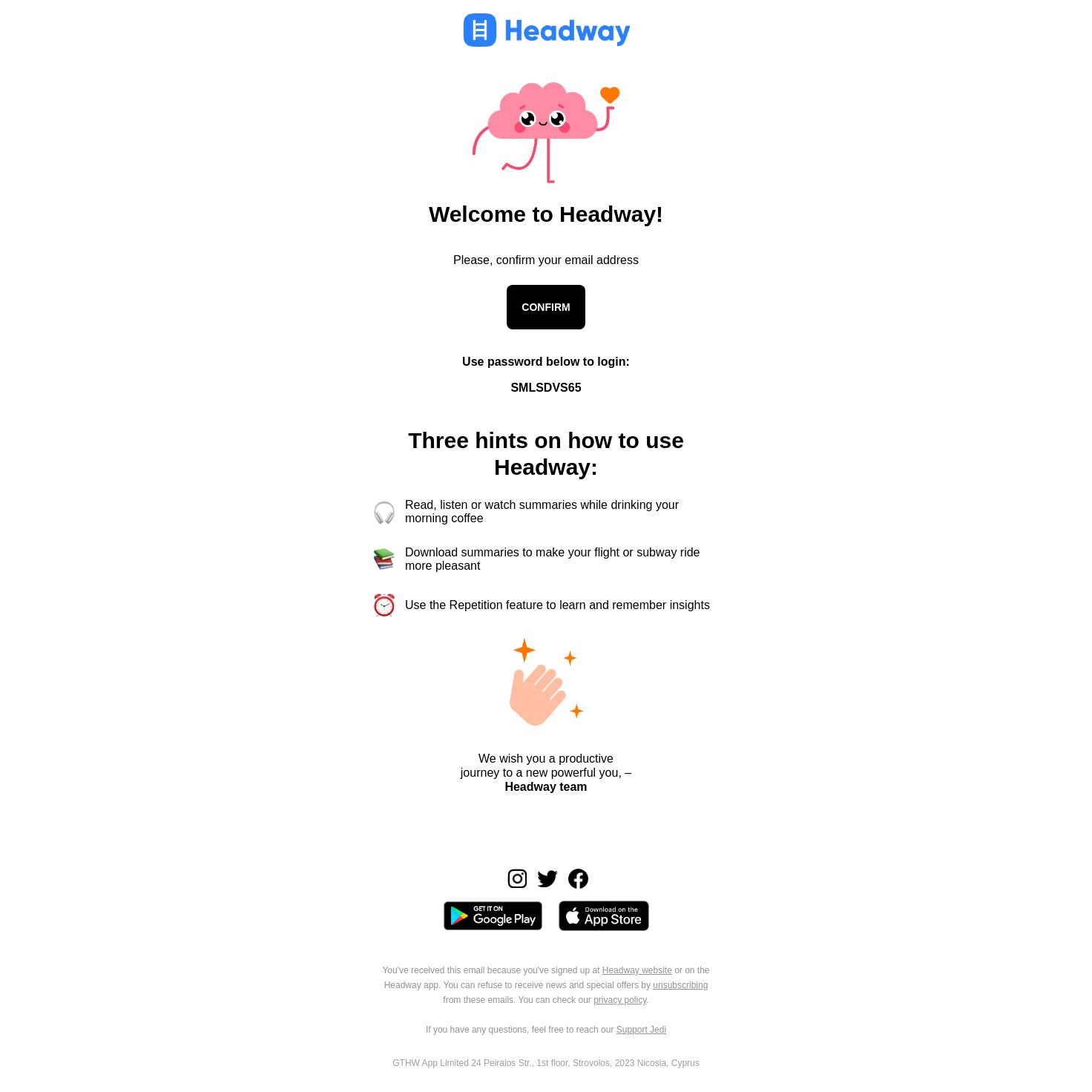Have you ever checked your spam folder only to realize that an email from a favorite brand ended up there? An unfortunate — yet common — scenario. The same could be happening to your subscribers. So, before coming up with the perfect email subject line, consider email deliverability first. For your email marketing to work, your messages should reach their destination.
Email deliverability refers to the process of successfully getting your emails into inboxes. You can measure it by dividing the number of emails delivered by the number of emails sent. If you manage to hit a deliverability rate of 89%, you're doing good. Hit 95%, and you're doing great.
Basically, the higher your deliverability, the more subscribers you reach. Which is why it shouldn’t be an afterthought. Instead, aim to prevent issues before they occur. Let’s explore the email deliverability best practices and how they can improve your campaign performance.
The Importance of Email Deliverability
Email deliverability isn't about solving technical issues. It's about getting better outcomes and, more importantly, lasting connections with your audience. Here’s why:
Maximizing ROI
You have these contacts in your email list for a reason. And that's to get your content in front of them. If a large percentage don't see your emails, your efforts will go unnoticed. And since most email platforms charge based on the number of contacts or emails sent, your budget allocation will be ineffective, too.
On the other hand, better reach means better email engagement. Which, in turn, gives you the opportunity to tap into email’s impressive ROI — making every penny count.
Increasing Conversions
So, let's say your emails make it into more inboxes. What's next? More people will open and click. If they find your content useful, they’re more likely to convert.
When these key email metrics increase, there's an added benefit: they send positive signals to email clients that recipients like your emails. As a result, your future campaigns are more likely to bypass spam filters.
Building Trusting Relationships
Subscribers have become increasingly cautious about their privacy. And a brand that doesn't respect it has no place in their inboxes.
A good email deliverability rate means that you've asked for subscribers’ consent, implemented authentication protocols, and honored their email preferences.
All these factors contribute to building trust and credibility. As you stick to deliverability best practices, you create mutually beneficial relationships that go beyond the sale.
5 Ways to Get Your Email Campaigns Delivered
Now it's time to see what you should and shouldn't do to boost email deliverability before hitting send:
1. Implement Email Authentication Methods
When email providers need to verify the legitimacy of your emails, the first thing they check is whether you're who you claim to be. And whether your emails are truly coming from your trusted business domain.
How do they know? That’s where email authentication protocols come in. These protocols prove your messages come from a legitimate source and prevent malicious parties from spoofing your domain. The result? Your emails are more likely to get past spam filters and into subscribers’ inboxes.
Now let's see which authentication methods you need to set up and why:
Sender Policy Framework (SPF): SPF shows which IP addresses have the authority to send emails on behalf of your domain. Filtering systems use it to confirm that messages sent from your IP address actually come from you.
DomainKeys Identified Mail (DKIM): DKIM combines public and encrypted keys to associate each email with the sender. This way, it protects the recipient against phishing and spoofing attacks.
Domain-based Message Authentication, Reporting, and Conformance (DMARC): DMARC builds on SPF and DKIM to further protect your domain against fraudulent attempts. It defines how ISPs should handle a message that failed authentication: take no action, send it to quarantine, or reject it. An easy way to check your DMARC setup is through a free DMARC checker.
2. Keep Your Email List Clean
When it comes to list-building, there's only one way to keep your sender reputation high: build a list of interested subscribers who have given clear consent. Even if it’s smaller than what you'd wish for, it’s still far better than relying on poor lead generation practices that lead to spam traps.
Users who opt in expect something from your brand. It might be industry news, insider tips, or personalized recommendations. Whatever the case, they’re more likely to open and read your emails than to find them annoying.
Your work doesn't end there, though. Some people will be interested when they fill in your signup form. As time goes by, they might lose interest. So, you should make a habit of cleaning your lists. Here's how:
- Remove unwanted addresses: Check your list for invalid, deactivated, or duplicate addresses and delete them. Ensure you repeat the process at least twice a year.
- Use an email verification tool: These tools catch incorrect and false email addresses and prevent them from getting into your list.
- Never buy email lists: These contacts will probably know nothing about your business. So, they won't interact with your emails. Plus, you risk getting punished for violating privacy rules like GDPR.
- Monitor your email analytics: This tactic helps you identify subscribers who haven't engaged for a while. Give them a second chance by sending a re-engagement campaign. If there’s still no response, it’s best to remove them.
Cuisiniart's campaign is a successful example of how to ask if a subscriber wants out while giving them an option to change their preferences (and stay) instead. Bonus points for the cool approach:
Subject line: Pssst...we have a question for you.

3. Set Up a Double Opt-In Process
What are users really saying when they complete a double opt-in? “I want to be here, and I consent to receiving your emails.”
Sure, this adds another step to email signups. But skipping it means you might end up taking extra steps later: dealing with bounced emails, unsubscribes, or worse, spam complaints.
Double opt-in is a key ingredient of a healthy email list. Users click on a link in your email to confirm their email address. This simple step helps prevent spam traps, misspelled addresses, and bots from joining.
It also helps you be on the safe side in terms of legal trouble. While this isn't a legal requirement in every country, some of them (like Germany) treat it that way. Or at least consider it an email best practice.
This doesn't mean a confirmation email has to be plain. You could throw in a few words about your product or service and what subscribers can do with it. Just like this email by Headway:
Subject line: ❗️Confirm your registration

4. Invest in Relevant, Valuable Content
Now you have those valuable leads on your list. Here comes the difficult part: keeping them engaged and nurtured down the line. The most efficient way to do this is through valuable email messages that address their preferences and interests.
If subscribers receive educational and fun content from your brand, they'll interact with it: open the email, read through the content, click on a call-to-action, or even forward it to family and friends. So, you'll see metrics like click-throughs and conversions rising, and others like spam complaints dropping.
And if you keep recipients happy, email clients are happy, too. Because they know that users value your content and want more of it.
To put theory into practice, this is what you need to do:
- Segment your audience using criteria like their demographics, location, behavior, and psychographic information to personalize your emails.
- Send offers and incentives that resonate. For instance, sending an email promotion for hiking gear to someone who recently bought surfing equipment is a bad idea.
- Incorporate clear email CTAs that align with the email goal. Knowing what will happen after they click on it is key to convincing them to act.
- Stay away from overly promotional content. Not all emails are meant to sell. Try to find the right balance between promotional and informative or entertaining.
- Avoid spammy email subject lines. Elements like excessive punctuation or too many emojis could make people send your emails to spam instantly. The same goes for misleading practices that are just meant to boost open rates.
5. Use an Email Preference Center
In an ideal world, every subscriber would open and engage with every email. In the real world, you shouldn't send an email just because you want to. Focus on the emails they want to receive.
For example, someone who subscribes to a list of an eCommerce brand might do so to receive transactional emails, like order confirmation and shipping updates. However, they may not be OK with an inbox full of promotions. If you overwhelm them with marketing emails, you risk pushing them to unsubscribe. Or make a spam complaint.
There's an alternative pathway, though. With an email preference center, you allow subscribers to opt out of some campaigns without sacrificing the ones that matter. They could also select the frequency. So, instead of unsubscribing, they get complete control over the content your brand sends.
If you deliver on the promise, you'll keep them engaged in the long run with emails they expect and find value in. And that’s when subscribers turn into loyal advocates. Who else picks up on your respectful actions and increased email engagement? That's right, ESPs.
Ongoing Monitoring for Email Success
Boosting email deliverability isn't a one-time thing. You must stick to deliverability best practices at every step to ensure your emails reach inboxes. But most importantly, that you reach recipients who care and engage.
Email deliverability on its own isn't enough to measure performance. You need a holistic approach, monitoring KPIs like opens, conversions, unsubscribes, etc.
Let's say your emails make it to inboxes, but your conversion rates are low. Then, you might want to try out different CTAs or revisit your segments. Or perhaps you notice unsubscribe rates increase. In which case, it could be due to irrelevant content or excessive frequency.
It might seem too much to take on. So, besides adopting the right practices for high deliverability, you want an ally that does some of the work. Meaning you should pick a trustworthy email marketing platform that goes beyond sending emails.
Look for segmentation and personalization features like dynamic content creation and the option to create your own email preference center. Also, you want infrastructure that helps you achieve great deliverability. Finally, robust and detailed reporting so you can understand where your emails underperform and how to turn things around for long-term success.
Also read on our blog:
- How to Connect Google Lead Form Ads to Mailchimp
- Perplexity AI: The AI-Powered Search Engine Revolutionizing Information Access
- Email Marketing Cost: A Guide to Making It Work for Small Businesses
- Google Sheets vs Airtable: The Ultimate Spreadsheet Face-off
- TikTok and MailerLite Integration: Automatic Lead Transfer
